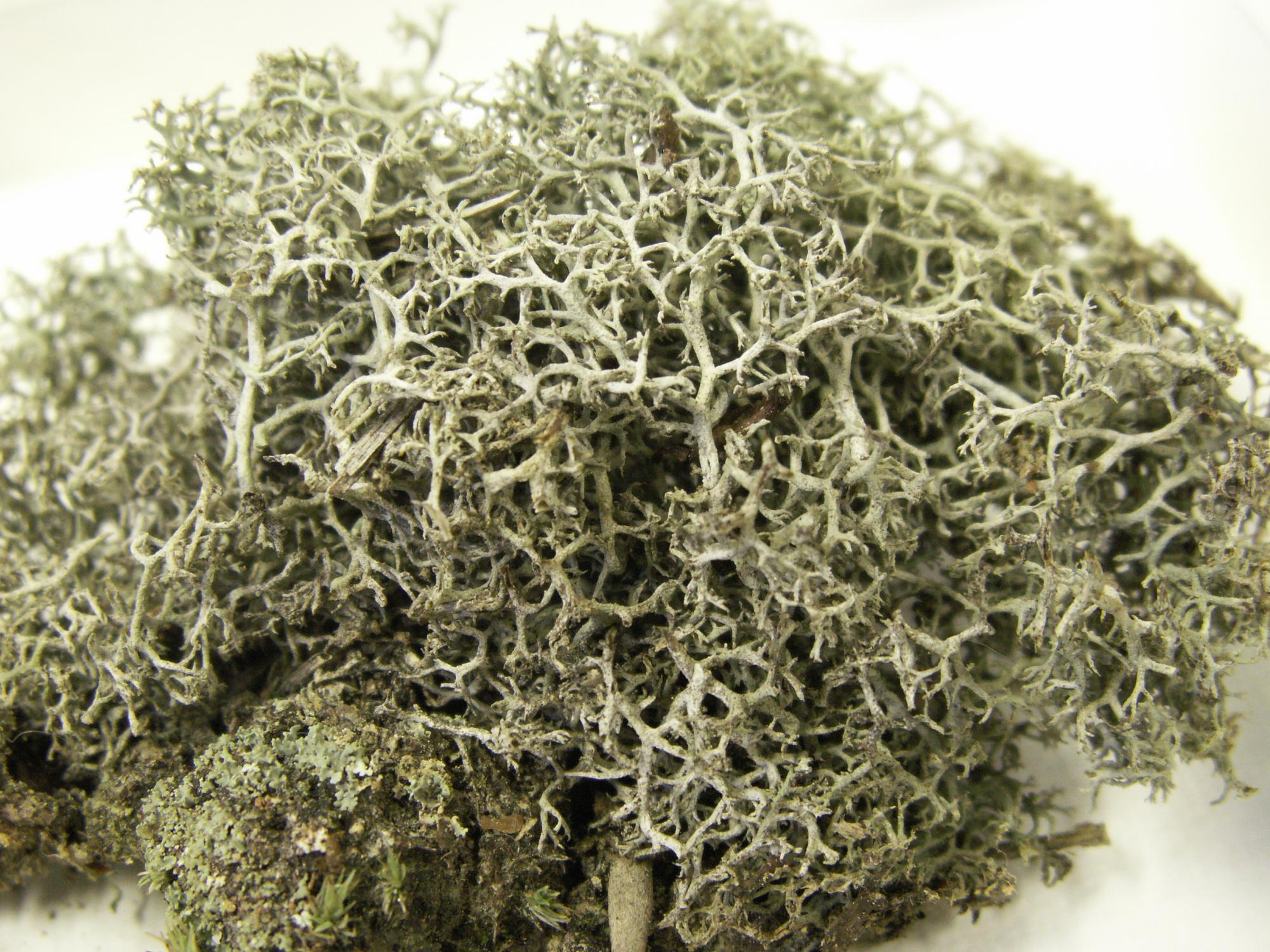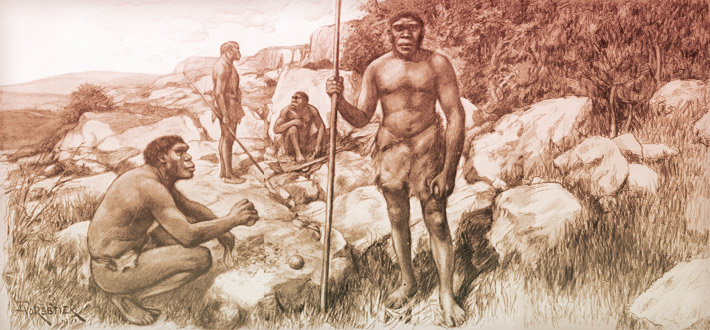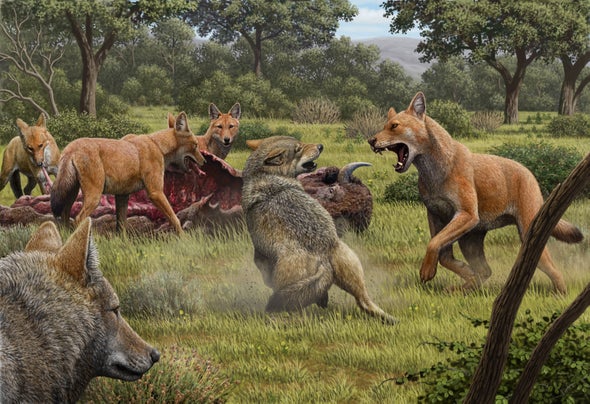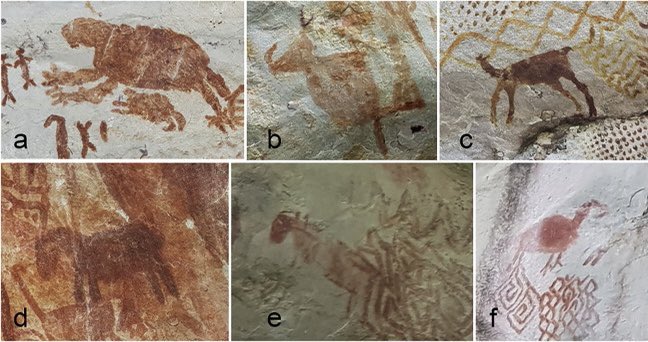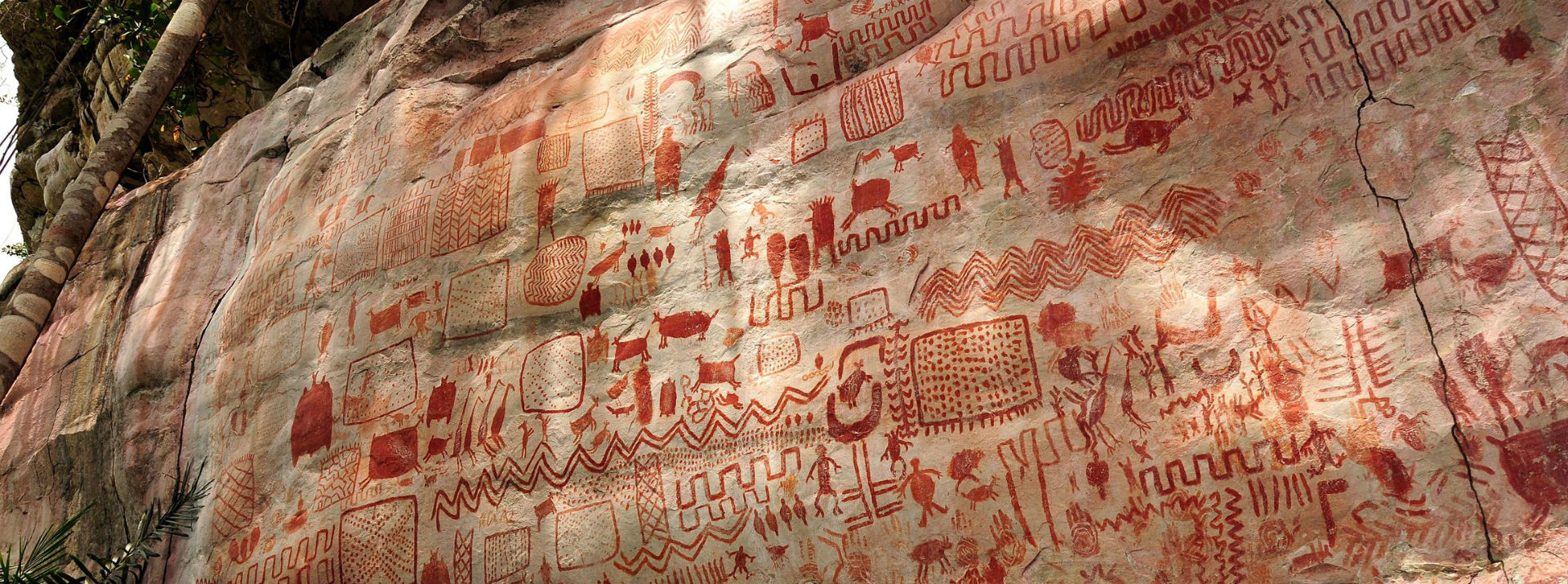Some species of extant megafauna demonstrate how impressive similar extinct species were. Asian water buffalo (Bubalus arnee) weigh up to 2600 pounds, and their horn span averages 3 feet long. The individual in the below photo has an horn span of about double the size of the average. The largest known horn span of an Asian water buffalo was from a specimen shot in 1955–it had an astounding horn span of 13 feet 10 inches. The extinct long-horned bison (Bison latfrons) had horn spans up to 7 feet long, but it seems likely the largest individuals had horn spans even longer than the record specimen of Asian water buffalo shot during 1955. Long-horned bison are estimated to have reached weights between 2700-4400 pounds–significantly heavier than Asian water buffalo–and if these estimates are accurate, some individuals probably had horn spans exceeding 14 feet long.


The Asian water buffalo has been classified as endangered since 1986. There are only 4000 left. They are found in small herds in 8 protected areas in India, 1 in Nepal, 1 in Bhutan, 1 in Thailand, and 1 in Cambodia. They are thought by many to be the ancestors of domesticated water buffalo, an animal used for pulling plows before the era of mechanization. Asian water buffalo prefer to live in swamps and marshes, and their hooves are wide and don’t sink in muddy ground, giving them superior performance in farm labor compared to a plain old ox. They also produce a richer milk than cows, and cheese-makers use their milk to make Mozzarella. Domesticated water buffalo have escaped from captivity in Australia, parts of Asia, Argentina, and Bolivia where they thrive on grass, sedges, fruit, bark, and twigs in wetlands. A species of European water buffalo became extinct about 10,000 years ago.
The ancestor of the long-horned bison crossed the Bering Land Bridge and colonized North America a little less than 300,000 years ago, marking the beginning of the Rancholabrean Land Mammal Age. They inhabited open woodland and prairie. Their long horns were a defense against big cats such as saber-tooths, giant lions, and jaguars (just like water buffalos use their horns to fend off tigers and lions). During the Last Glacial Maximum ((~21,000 years BP-~15,000 years BP) long-horned bison evolved into a smaller animal with shorter horns known as B. antiquus. This was likely in response to reduced quality of food and water sources. Following the arrival of man in North America, B. antiquus evolved into the even smaller but more mobile and migratory modern bison (B. bison). Instead of long horns and large bodies to battle big cats, bison needed longer legs, so they could run away from wolf packs and man.





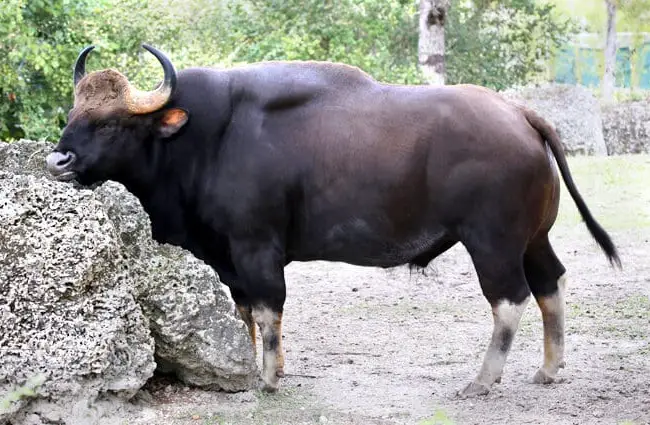


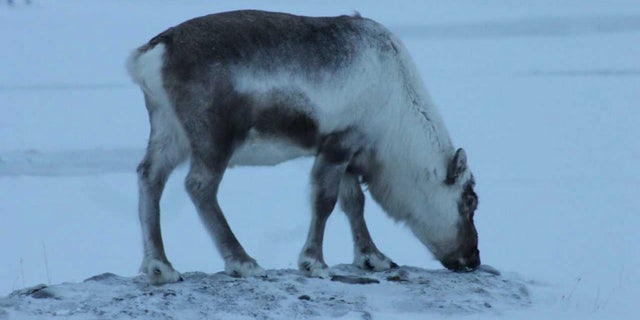
/https://public-media.si-cdn.com/filer/c8/66/c8669825-2fef-43a9-bf76-6ed0064162de/istock-846982062.jpg)

